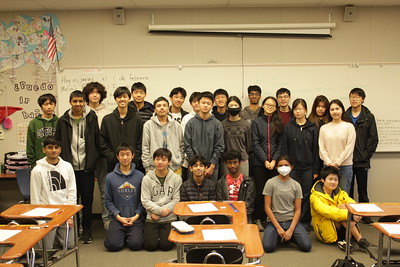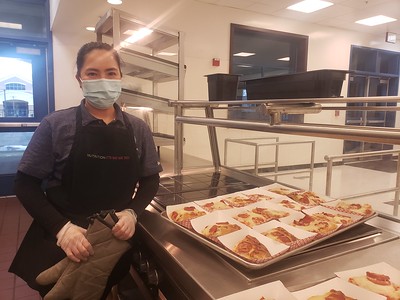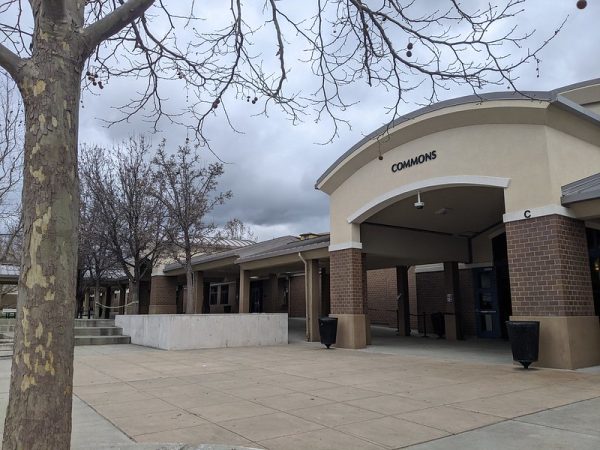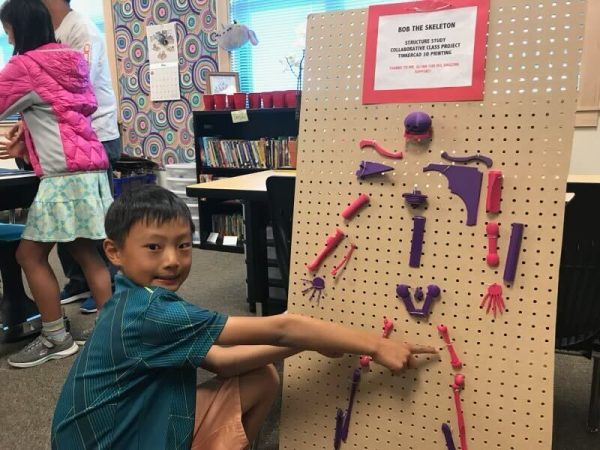A new perspective: How transfer students acclimated to Dougherty
The school year is drawing quickly to a close for all Dougherty Valley students, but for Max Gaasvik, Kaushika Uppu and Ishika Rakesh, the last day at school will probably hold a little more significance than the first day of summer break. The students — three out of a few dozen that transferred to Dougherty this year — share their experiences moving into, adjusting to and settling into Dougherty Valley over the course of the 2018-19 school year.
Rakesh remarks how unbelievable it seems that the school year is nearly over and how close her last year of high school is already. The junior says she did not find it easy to adjust: “Not only did I join in junior year, I joined 3 weeks late. So I had to drop a class … I was all behind … and since a lot of people [knew] each other from middle school, [it was] socially difficult.”
Rakesh remarks that one of the largest obstacles she faced upon moving to Dougherty Valley was the structural difference in curriculum, ranging from AP courses to junior and senior class planning.
“In India, to choose a career, you have to choose it in eleventh grade, and you can only choose four subjects in relation to [your anticipated future career for the school year],” Rakesh recalls.
She also commented on the differences she felt between her peers in her previous home in Bangalore versus San Ramon.
Rakesh describes, “It’s really competitive, with AP’s and everything. The attitudes are different in India and Dougherty Valley. Mainly, people here are already thinking about college since freshman year, but over there it’s not really the case … they don’t really think about college until twelfth grade.”
Gaasvik and Uppu, sophomores, also shared similar sentiments regarding Dougherty Valley’s academic rigor. Gaasvik specifically points out the substantial difference in the amount of homework, saying, “In Sweden we only get, like, two [homework assignments] a week at maximum. I don’t know how [much] we get here a week … eight … ten … [assignments]”.
There is no way around the fact that Dougherty Valley High School is an academically rigorous school, and the school is, without a doubt, competitive. Students often find themselves stretched trying to balance the load of academic work and extracurricular activities.
For the transfer students, the surprise of the significant workload also comes with the unexpectedly diverse social demographic and the unusually large size of the school.
Uppu reflects on the largest change during her move from coast to coast, stating, “I think the biggest change from the East coast to the West coast was the social environment. [On] the east coast, you would almost never see kids walking to school or walking to like T4 after school, but here it’s such a common occurrence. The atmosphere is really open and it makes it easy to adjust and adapt here quickly.”
Uppu also added that her old school had approximately 150 to 200 students in each grade, while Dougherty’s population is about four or five times that size.
Some of the transfer students had, prior to arriving at DV, conjured an image of the high school experience, including bullies and “mean girls” from watching various shows. However, they quickly realized that while some stereotypes may hold true, the high school experience at Dougherty is quite different.
Gaasvik comments, “I watched a lot of American high school films and television series and there are certain stereotypes, before I came here and it kind of lives up to it mostly … just not the sassy girls and the bullying guys and the villains. They don’t exist.”
Despite the hardships that came with adjusting to a unfamiliar environment, all three of the students expressed that they had eventually settled into Dougherty Valley, embracing some of the welcome changes brought by moving here.
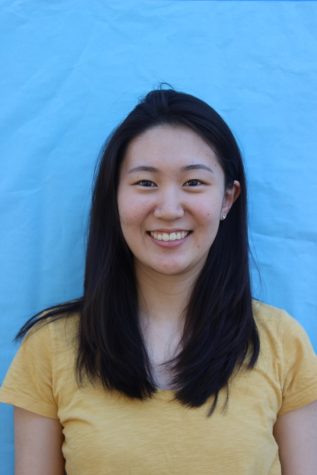
Sarah joined because she wanted to involve herself in her community and learn about journalism! She thinks journalism is a great way to step out of her comfort zone while also joining one of the tightest communities...

Maitri joined the Tribune to gain more experience with writing, challenge herself and meet other people with the passion for writing. Maitri is currently in her second year on the Tribune staff. Maitri...

Harshita joined the Tribune because she enjoys writing and reporting. This is her third year in Journalism; her first two years were spent as a staff writer and as the social media manager. She is excited to...






